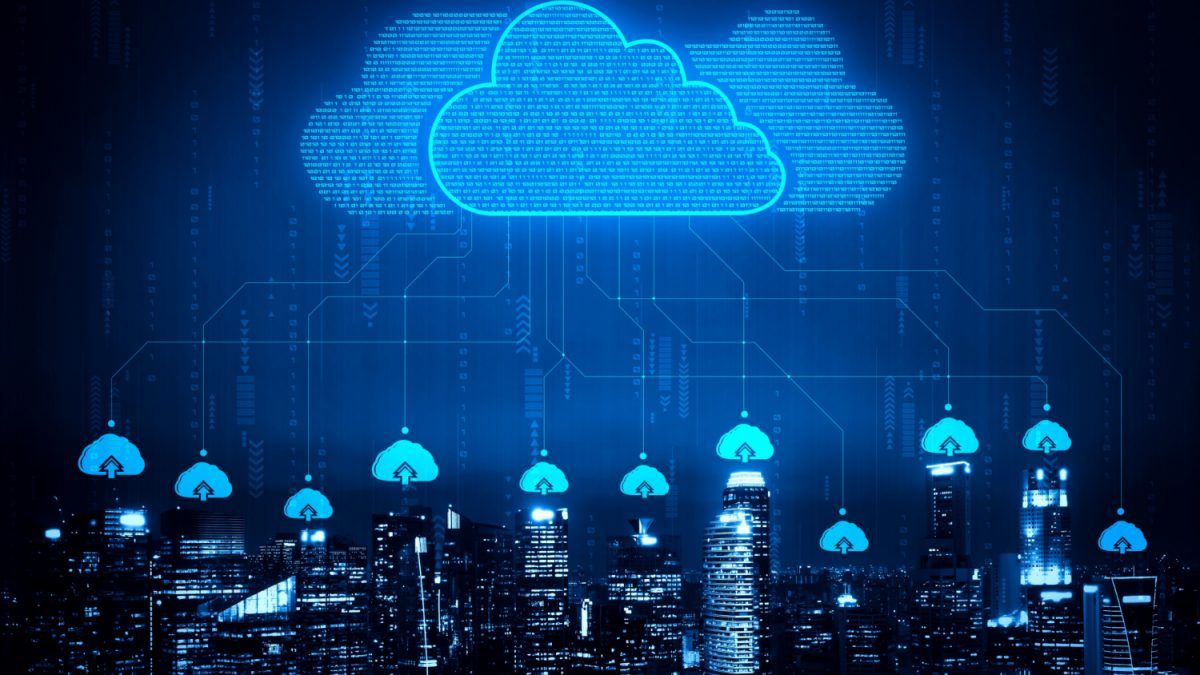70% of Your IT Budget Is Wasted on Legacy
Legacy systems drain your spend, slow your teams, and stall innovation. Modernize with speed, security and confidence — guided by our experts.
It’s imperative that each business and their IT team know exactly what their cloud and network landscapes look like as part of discovery. Shadow IT is still an ongoing problem for many businesses as just one example. As you may know, shadow IT is essentially where your IT team may be unaware of the use of SaaS solutions or public cloud provisioning accounts by people, departments, or developer teams. These can have ballooning costs for the company and present security vulnerabilities if not handled correctly.
One way that CTO’s and IT managers can help with discovery is through CloudOps. CloudOps best practices are all about setting limits on what we can do within the public cloud environment. The functions and functionality behind the term CloudOps is nothing new, it’s how you organize, manage, holistically apply, and integrate those functions with DevOps that is new.
This discovery of current environments enables you to understand the total cost of ownership (TCO). You can then connect that TCO hardware, operations, or other aspects that may affect your environment. It could be legacy cost for your licensing software or different cloud environments. But let’s understand what that total cost looks like.
This is foundational to the start of migrating any applications, workloads, or databases to the cloud. It’s also an important step in determining your level of need and support through managed cloud services that can help you design, plan, and execute a long-term cloud strategy. Discovery is the first step in harnessing a way to compare pre-migration costs to post migration costs.
We also want to identify our first application candidate for migration, which requires knowing all applications and mapping their dependencies. The first migration choice should be something that we can learn from and use as a template for future migrations. The success of the first migration helps you develop a template for refining processes to minimize risks, costs and potential downtime while improving process, governance, and outcome benefits.
It’s always wise to take an incremental migration approach rather than a big bang approach. Always start the process with an application that can deliver the highest success in terms of migration ease and business operations and cost savings benefits. This first target for migration won’t be the hardest, but it may not be the easiest depending on your cloud strategy, plan, and process. The goal is to get some success from cloud migration under your belt by:
- Making sure that your discovery of your current environment is complete and there are no hidden surprises like shadow IT from departments or developer teams
- Performing a thorough application inventory and dependency mapping to understand the usage patterns and database/application connections of each application
- Choosing the right application for migration that delivers the highest returns from the cloud and is easier to migrate (but not lift and shift)
Taking this approach to migration, starting with a thorough IT environment discovery process, enables you to make sound choices that shape your cloud strategy by helping you:
- Identify technical debt
- Apply approaches that let you modernize in place to nullify that debt
- Make the cloud pay off through targeted, real business outcomes that are well defined
Fill out the form below to learn how Techolution can partner with you to achieve real business outcomes with managed cloud services.



